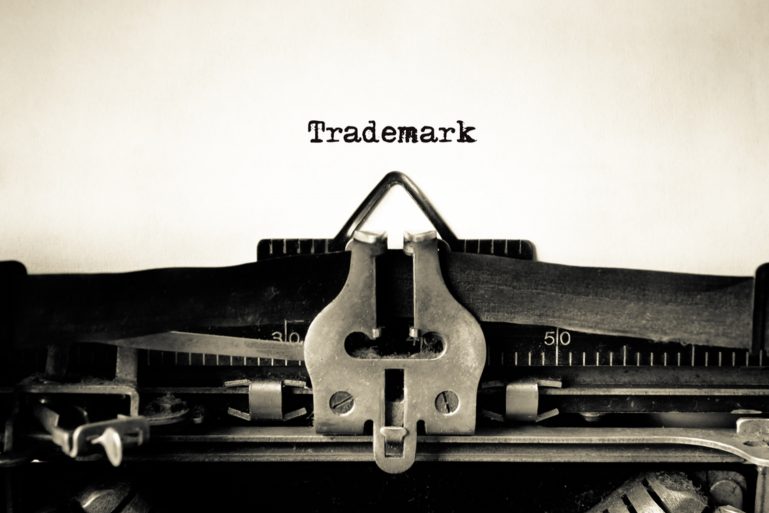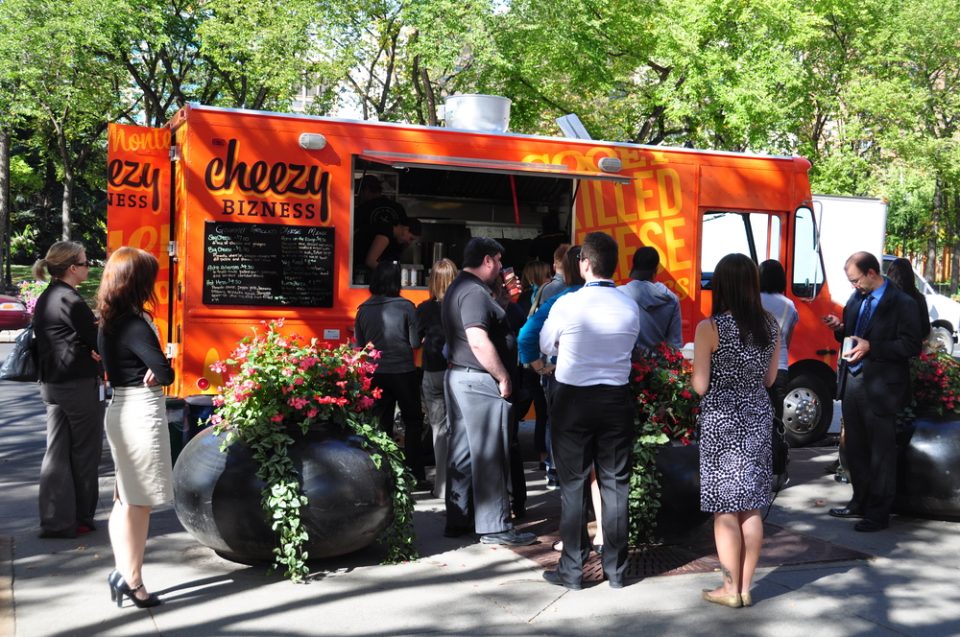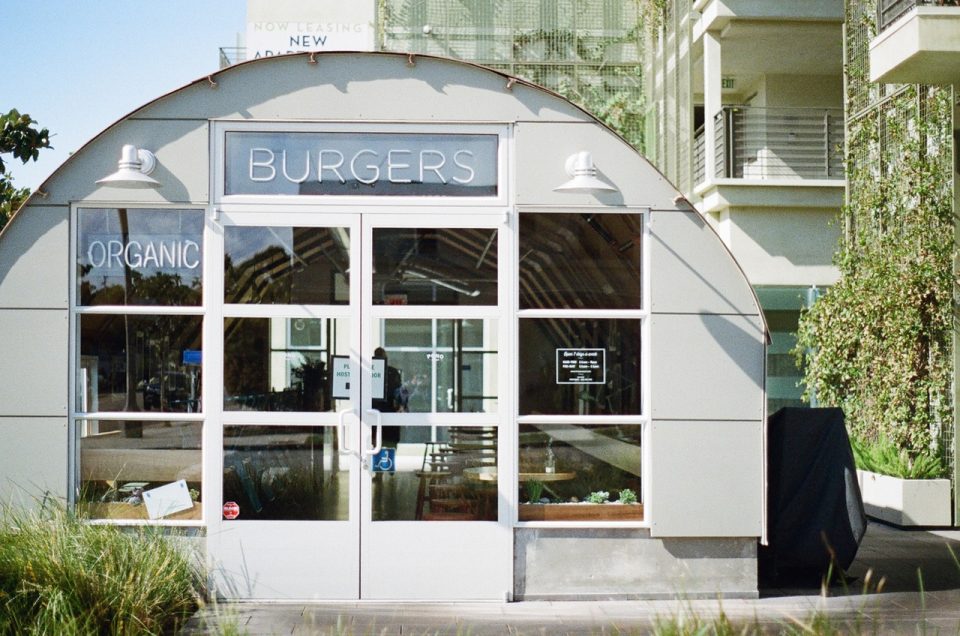
Trademark 101: What is a Trademark and Why You Should Have One (or More!)
If you find yourself asking, what is a trademark and why should I have one?
Don’t worry, you’re not alone. Though the concept of a trademark is not all that complex, knowing if you should acquire one does not always feel that cut and dry. But regardless of whether your plans for your business are for complete world domination or you prefer to keep things small and simple, one thing remains the same: you need to invest in obtaining a trademark for your most important brand elements.
Without the brand protection that federal trademarks offer, all of the hard work you’re putting into your business and your brand is in jeopardy, and your path to continued growth and success is decidedly tougher. But what is a trademark and how do you know if you need one? And if you do need one, what are the time and costs associated with it? Let’s take a closer look at what small business owners need to know about trademarks.
What is a Trademark and Do You Need One?
The United States Patent and Trademark Office (USPTO) defines a trademark as “a word, phrase, symbol, and/or design that identifies and distinguishes the source of the goods of one party from those of others.” But what exactly does that mean? At the most granular level, if you’re interested in protecting your brand and ensuring that you have exclusive legal rights to use federally registered brand elements like your name within your industry anywhere in the US, you’ll need to obtain a trademark. So, it looks like you might need a trademark, but what will it do? Basically, a registered trademark is the best (and only) way to make sure that you have legal recourse if another business begins using the same (or a confusingly similar) name or other brand element.
In essence, it comes down to this: If you’re serious about your business and your brand, you need to obtain trademark protection for it.
But what exactly should you trademark? To answer this question, you need to think about your brand elements in order of importance — which would hurt you the most if another company began using it? Your business name? Your logo? Your slogan? The name of your service offerings or your top selling product? Below we’ll get into the nitty gritty of what you should protect first, and how to do it.
Protect Your Name, First
For most small businesses I’ve worked with, the business name tends to be the most important brand element. After all, it’s your unique identifier in the marketplace, and the thing that people share with their friends when recommending your products or search for when checking out online reviews. So if time or budget (or both) is an issue, obtaining a federal trademark registration for your name should be your first priority.
To make things clearer, let’s take a look at a potentially sticky situation and see how having a trademark impacts it. Imagine that your restaurant “Chip’s Burger Emporium” has been in business for 1.5 years and you’re really starting to get some traction, gaining regular customers and getting positive reviews from the paper’s restaurant critic. Everything is going great until a patron asks if you’re affiliated with the new “Chip’s Burgers” that just opened across the river in a neighboring state — and you aren’t. With such similar names, it’s easy to see how customers could get confused, and take their spending money to your competitor when they actually intended to visit your establishment. And what would happen if the local news reports a food poisoning epidemic due to undercooked meat served at Chip’s Burgers? You’d better believe that your business would feel the hit!
How you approach this situation depends on if you own a federally registered trademark to the “Chip’s Burger Emporium” name. If you obtained trademark protection for your name, you have the legal right (and obligation) to stop others from using your name or a name that people would find “confusingly similar.” Your attorney would then alert the owners of Chip’s Burgers that they’re infringing on your registered mark and that if they don’t stop, you will take them to court and sue them for damages.
If, however, you don’t have a federal trademark on the “Chip’s Burger Emporium” name, your options are much more limited and the outcome is murkier. You can certainly ask the other business to change their name — but if they don’t and you go to court, you’ll have a much more difficult and costly time proving that you should have rights to the name. If you lose the court case, you’ll be forced to completely rebrand. And if you end up winning, guess what? Your attorney is going to strongly suggest that you obtain a trademark for your name to prevent the same thing from happening in the future.
With a situation like the one described above, it’s easy to see why registering a federal trademark is a good investment.

Trademarks for Logos
After you’ve registered your name it’s time to take a look at your other brand elements to determine which, if any, need to be registered with the federal trademark office. Logos, which have the ability to bring your brand to mind at-a-glance, can be a very powerful marketing tool. If you’ve spent a lot of time and money on your business’ logo, it’s worth protecting. However, there’s one very important thing to keep in mind:
When you get a trademark for your logo, you are only protected for that particular graphic treatment. A lot of small business owners file trademarks for their name and logo combined, and never for just their name alone. There is a common misconception that this protects both the name and logo completely and nothing else needs to be done. This is a mistake because if you decide to change your logo in the future, your entire federal registration will become invalid, including any rights in the name. This is just another reason why we always suggest receiving a trademark for a name as words alone before applying for trademark protection for a logo.
Trademarks for Slogans
When you see the phrase “Just Do It” what business do you think of? How about “I’m Lovin’ It”? If you said Nike and McDonalds, you’re right — and both of these phrases received trademark protection for their respective companies. However, obtaining a trademark for a business slogan or phrase can be difficult, because it either has to be completely unique and distinctive to your business, or you essentially have to prove that your business is the only business that comes to mind when people see or hear the phrase in question.
Unless you imagine your business slogan is going to be a huge part of your branding campaign for years to come, or you want to do everything possible to protect every possible brand element, you may want to forego the time and expense associated with obtaining trademark registration for your slogan and put the money elsewhere — for example, into monitoring for evidence of trademark infringement on your other brand elements.

Trademark Time and Costs
Applying for a trademark is not an overnight process. Outside of the time it takes to prepare your trademark application, the actual process takes an average of eight to10 months. This includes 120 days for the examining attorney at the USPTO to review your application, as well as a one-month publication period, which allows for any third party to file an opposition to your application. After your application is approved you’ll receive your trademark certificate in the mail.
Registering a trademark is surprisingly affordable, even for small businesses. In most cases, the USPTO charges a $275 filing fee for each class of goods or services in which you want to register a trademark. So, for example, if you have a coffee house and want to register your brand name “Jingle Java” in both Class 43 (services for providing food and drink) as well as Class 30 (coffee) the government filing fees would be $550.
The fees mentioned above only include government filing fees; they do not include fees that a trademark attorney would charge you for putting together your application. And while you may be tempted to try out the trademark process on your own, this is one of those situations where it makes more sense to defer to an expert. Consider this, in the situation mentioned above, if for any reason your application was denied (and there are a whole lot of reasons why they are) you’d be out $550 and would then have to pay another $550 to file a new application for both categories. Additionally, a recent study from the University of North Carolina found that only 57 percent of applicants that filed a trademark application without an attorney received government approval of their application — whereas 83 percent of applicants that filed with an attorney received government approval.
For most small business owners, the expertise an attorney brings to the trademark application process makes the whole thing go more smoothly and actually saves money over a DIY approach.
SEE ALSO: Small Business 101: Choosing a Business Name and Structure
Now that you have a better understanding of what a trademark is and why you need one, it’s time to take a look at your own business and take action. Decide which brand elements need trademark protection, and then work with an attorney to file an application. Remember to apply for protection for your name first, and then other elements like your logo. And make sure that you budget enough time and money to successfully complete the trademark process. The investment you make in proactively protecting your brand today will continue to pay dividends as your business grows.
Want to try ShopKeep for yourself?
Just answer a few easy questions.
Need help finding the right point of sale?
Just complete the form. We’ll call you right back to explain how ShopKeep can work for you.
Hit the ground running.Sprinting, in fact!
Read our free, comprehensive guide, Small Business 101, to learn all you need to know about starting a thriving business.


